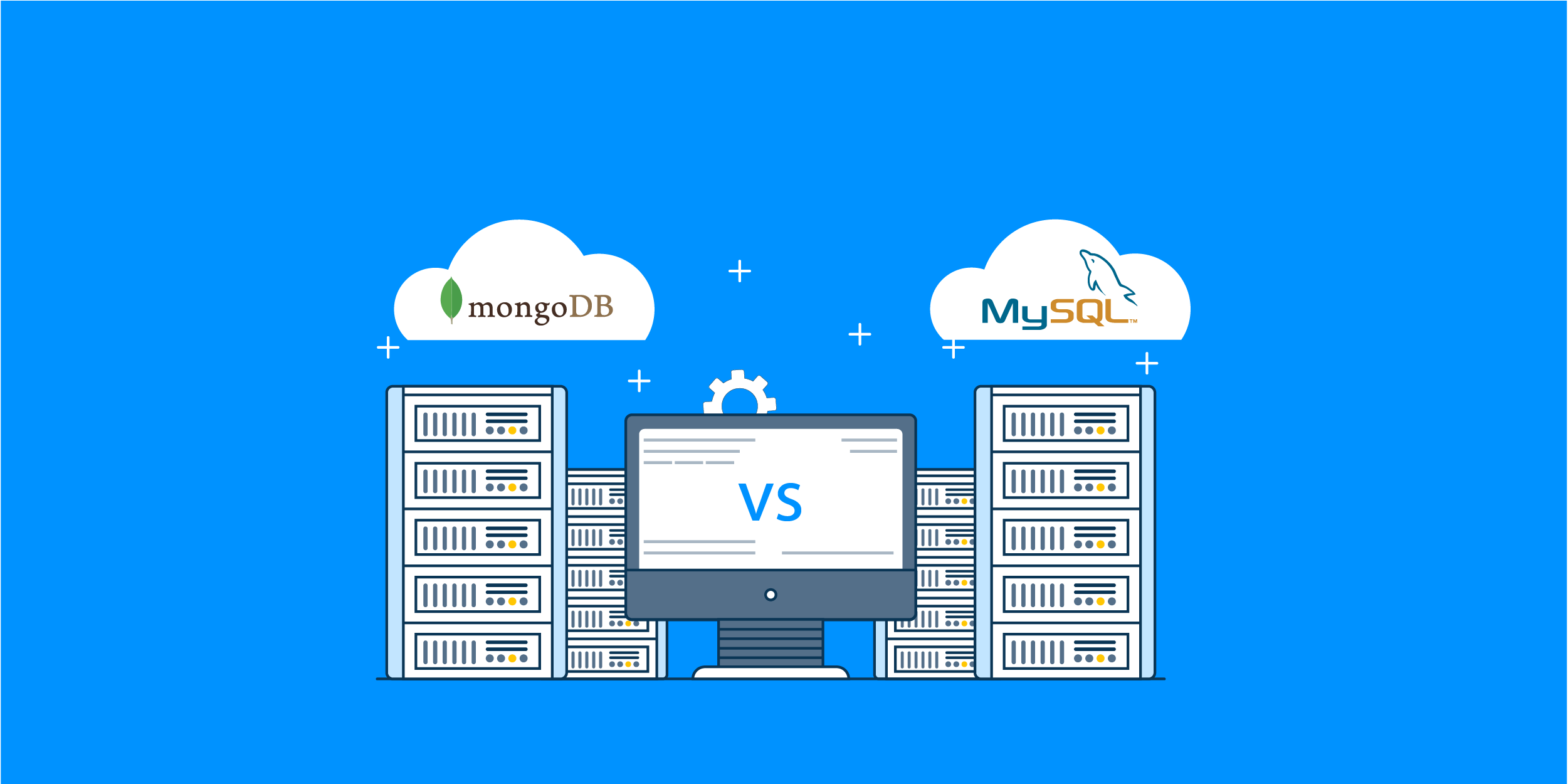Not many people come across term databases in day to day life; however, it is an integral part of everyone’s life nowadays. It is, in fact, used in every transaction carried out by everyone. Whether accessing your social media account or bank account, booking a flight or a train, online shopping or selling goods, watching videos, or playing games on a laptop or mobile, databases are used everywhere.
Databases have evolved considerably over the years from merely a collection of information into flat files to hierarchical and relational database management systems (RDBMS) to more advanced object-oriented databases, key-value stores, column stores, or graph stores. The driving force for advancement in database technologies is to handle higher volume and variety of data due to the advent of big data.
With an overwhelming variety of databases, it sometimes gets very difficult to understand the best database for your requirements. In fact, you need to consider various factors to arrive at the right decision. Some key factors to consider for database selections are data structure requirement, the volume of data, the velocity of data, scalability, and data modeling.
In the current article, we would be discussing primarily the difference between MySQL and MongoDB databases. We would try and understand their pros/cons of both depending on various factors to help you identify the best database for your requirements. You would also know why taking up an online course, like a MongoDB course, is beneficial.
MySQL DB:
One of the most popular RDBMS i.e., relational database management systems, MySQL, developed, distributed, and supported by Oracle Corporation is an open-source database. Users have to store data in a MySQL database in the form of various tables consisting of rows and columns. MySQL is similar to other available relational database management systems such as Oracle, MS SQL Server, etc with predefined schema and rules for easier access to data. Structured query language (SQL) is used for accessing, modifying, and updating data elements in databases. Users have to use the Join command in order to merge multiple tables and get the required data.
MongoDB:
One of the most popular NoSQL databases, MongoDB, developed and maintained by MongoDB Inc, is open source, stores data as JSON-like documents and has a dynamic schema. MongoDB stored data in BSON files is a modified version of JSON files. MongoDB uses its own query language known as MongoDB query language (MQL) to access, retrieve or modify data. Since it is schema-less, data structure need not be defined and can vary from document to document. However, it allows validation of schema to have better controls over each collection.
Differences between MongoDB and MySQL
Database Structures
MySQL is quite rigid in terms of storing and retrieving data, it uses fixed schemas and requires you to define tables, rows, and columns before storing data. Moreover, it requires that all rows must have the same structure with a specific data type in each table.
While in MongoDB, JSON-like documents are used to store data with varied structures. In fact, MongoDB is schema-free, you can create documents without defining document structures. Documents can have their own structure and new fields can be added or removed at any time.
Querying Language
A simple yet powerful Structured Query Language commonly referred to as SQL is used for addition, modification, or assessing data to MySQL database.
MongoDB uses its own unstructured query language. It uses objects for querying the data, a document with properties is specified for querying.
Scalability (Sharding and Replication)
Both performance and fail-safe mechanisms are important for any development. Sharding provides ways to improve performance by storing data sets on multiple servers to fasten throughput on read and write queries, this is particularly important in case of handling large data sets. While replication allows us to keep copies and help synchronize data sets across multiple servers to prevent downtime in case of failure. Both concepts, replication and sharding can be applied to achieve horizontal scaling.
Replication
MySQL allows both master-master replication and master-slave replication. Multi-source replication is one that provides you with the ability to replicate data from several masters in parallel.
While MongoDB provides features such as sharding, built-in replication, and auto-elections. The auto election is particularly useful to set up automated take over of secondary databases in case of failure in the primary database.
The concept of Sharding is difficult to implement in MySQL while MongoDB creates multiple copies of data using replica sets with each member of the replica set working as a primary or secondary database whenever required.
Sharding
RDBMS databases usually require vertical scaling and may need application-level changes. This can affect the customer due to higher downtime for the migration of data to a new larger server. Moreover, relational data models use concepts of JOIN frequently, it makes migration difficult and demands extreme care.
While in MongoDB, data migration is automated by adding new shards at any point in time. No application changes are required for migration. In fact, sharding helps to distribute the load of the main database to multiple datasets geographically located at different places.
Performance
Due to its inherent way of storing and querying data, MongoDB can handle large unstructured data at very high speed. While MySQL somewhat disappoints on this front.
Security
MySQL works on a privilege-based security model. MySQL first authenticates a user so as to provide special access for a particular purpose such as CREATE, SELECT, INSERT, UPDATE.
While MongoDB works on a role-based access control system. It grants permission based on roles assigned to users.
Community Support
MySQL: The MySQL database is owned by the Oracle Corporation. Since it is quite an old RDBMS, it has a big community and you may be able to find relevant information if needed on various forums. One such example is the Developer zone on the MySQL website. Additionally, information can be accessed on various sites such as MySQL Wiki, List of MySQL user groups, MySQL Events.
On the other hand, MongoDB is relatively new and still developing which makes its community relatively small; however, looking at its popularity it is expanding at a rapid rate. You can access webinars, user groups on the MongoDB community page.
Customer Base
Both MySQL and MongoDB enjoy an extensive customer base. MySQL has been established since 1995 and used by many organizations including US Navy, NASA, Twitter, YouTube, Netflix, Walmart, Pinterest, and many more.
While MongoDB arrived in 2009 and is catching up. It is used by organizations namely Sony, Hootsuite, SurveyMonkey, Klout, Twitter, Zendesk, InVision, and many more.
Whatever database you choose, it is important to gain working knowledge before starting your job. This is where a training course can help. Companies prefer to hire those candidates who have built a strong foundation in MongoDB or MySQL by undergoing a comprehensive training program. There are reputed training providers that offer both MongoDB courses and MySQL courses. So why not take advantage of them and demonstrate your skills in using both the databases.





